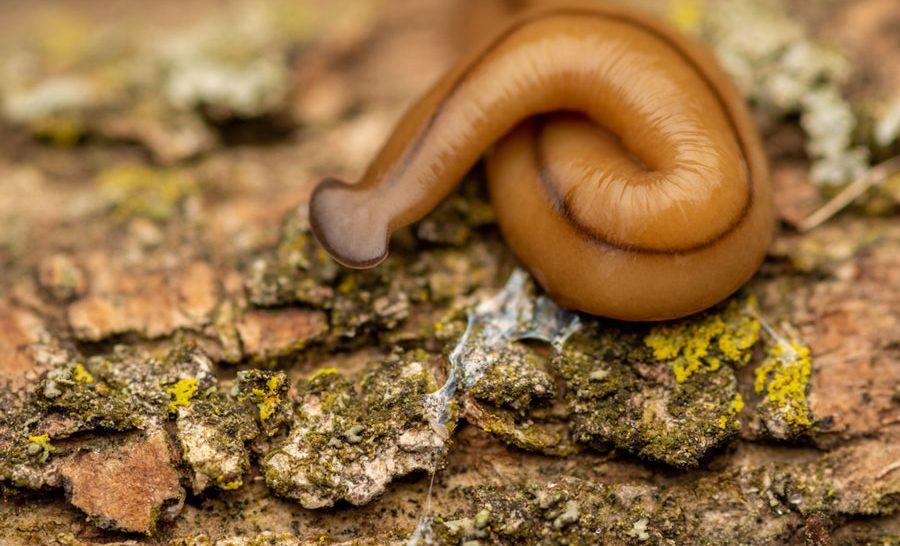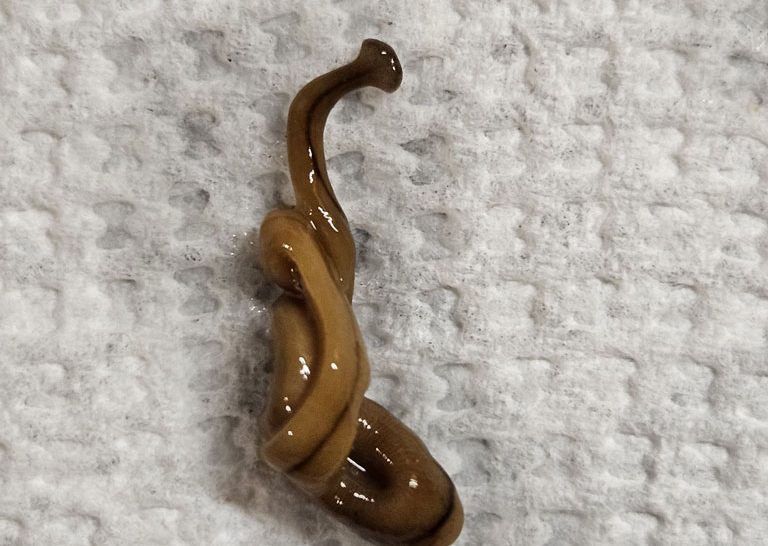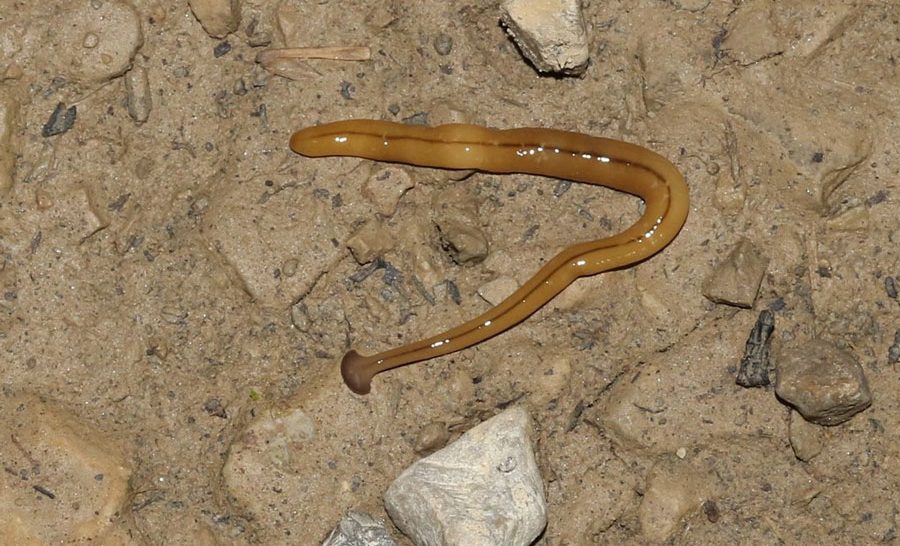WELLINGTON COUNTY – An enigmatic intruder stealthily infiltrates the undergrowth of backyards, forests, gardens, and landscapes in Ontario.
It’s known as the Wandering broadhead planarian, Bipalium adventitial, or hammerhead flatworm.
With its distinctive shovel-shaped head, diet of earthworms, snails and slugs, this creature is anything but ordinary.
And it’s silently shaping the soil beneath our feet.
They grow to about five to eight centimetres and have fan-shaped, yellow-to-tan-coloured bodies with a long dark dorsal stripe that does not extend over their heads.
Their bodies tend to move like a snake, with heads moving from side to side.
On clear days, hammerhead flatworms spend their time out of the sun – under leaf litter, rocks, logs, shrubs, and dripping garden faucets.
After heavy rains, they may be found on the soil, driveways, patios, and sidewalks.
Ontario gardeners report finding them in and around newly purchased plants from nurseries and garden centres.
Hammerhead worms were brought to the US within horticultural plants and have been regularly found in greenhouses since they were first discovered in California in 1943.
They’re likely native to Asia like other Bipalium species, although its native range is unknown.
Hammerhead flatworms are hermaphroditic, meaning they have both male and female reproductive organs, and can reproduce through a procession called “binary fission,” where an individual flatworm spontaneously breaks in half. The head regrows the tail, and the tail regrows a head, resulting in two flatworms instead of one.
This means hammerhead worms are easy to establish in new areas because it only takes one or two individuals to start a new population.
Neurotoxin
Hammerhead flatworms secrete noxious chemicals that aid in digestion. They carry a neurotoxin, Tetrodotoxin, which is a highly potent poison.
In humans, Tetrodotoxin primarily affects the nervous system. Symptoms of exposure may include skin irritations, numbness and tingling, especially around the mouth and extremities. Paralysis can occur, starting with the face and spreading to other body parts. Muscle weakness and difficulty speaking or swallowing may also be observed.
Many flatworms species can also carry parasitic nematodes within them.
Management strategies
The potential threat of the hammerhead species to our local ecosystem cannot be ignored.
Understanding and managing these species can empower us to protect our local ecosystems and prevent further spread.
If you encounter individual flatworms, there are a few effective methods for dealing with them.
They can be killed by placing them in alcohol or freezing them in a bag.
Wearing gloves when handling flatworms or washing your hands immediately afterward is crucial.
Salt can be applied to individual planaria to avoid touching them altogether. If salt is used, use caution when applying it around plants to prevent harming vegetation.
Do not cut up land planaria to control them. Terrestrial flatworms can regenerate from fragments, so cutting them into pieces creates more and exacerbates the problem.
When implemented correctly, these management strategies can help control the population of the Wandering broadhead planarian and mitigate its potential impact on the local ecosystem.
They’re likely native to Asia like other Bipalium species, although its native range is unknown.
Written by Bipin Dhinsa, entomologist and past president of the Toronto Entomologist Association.






